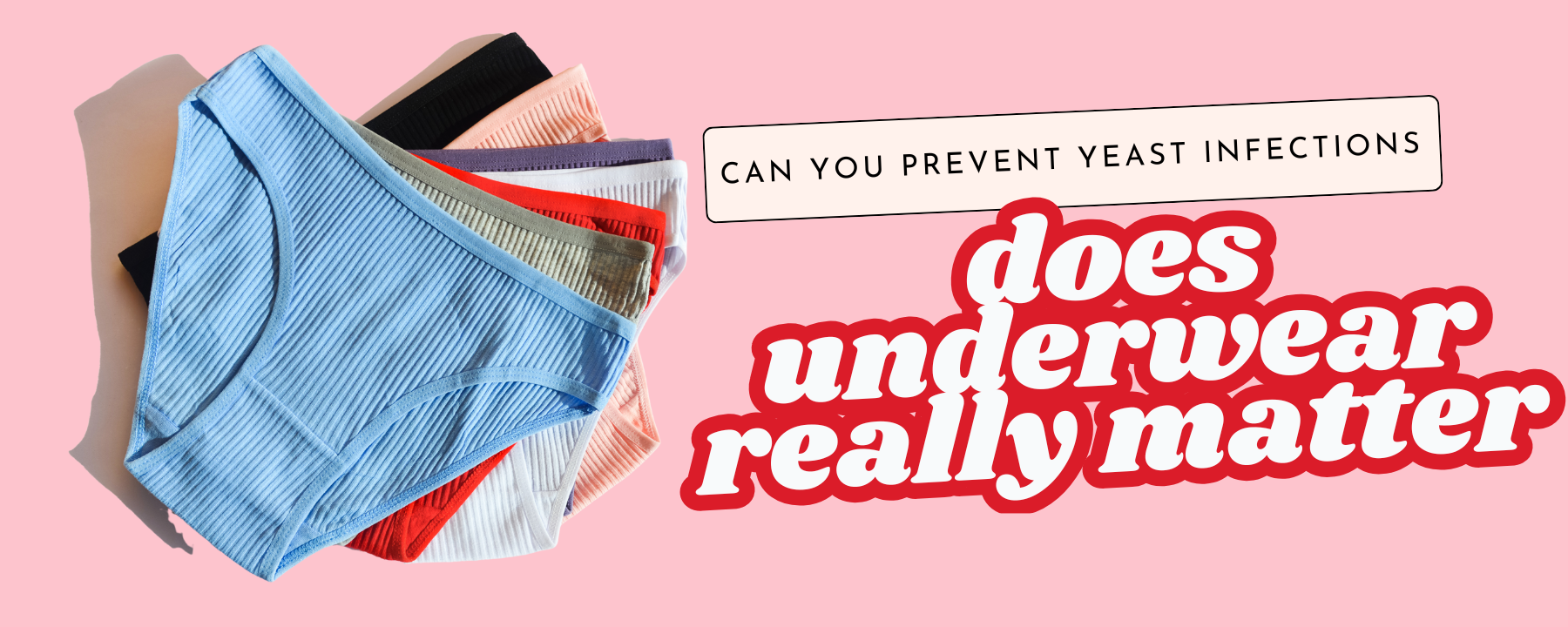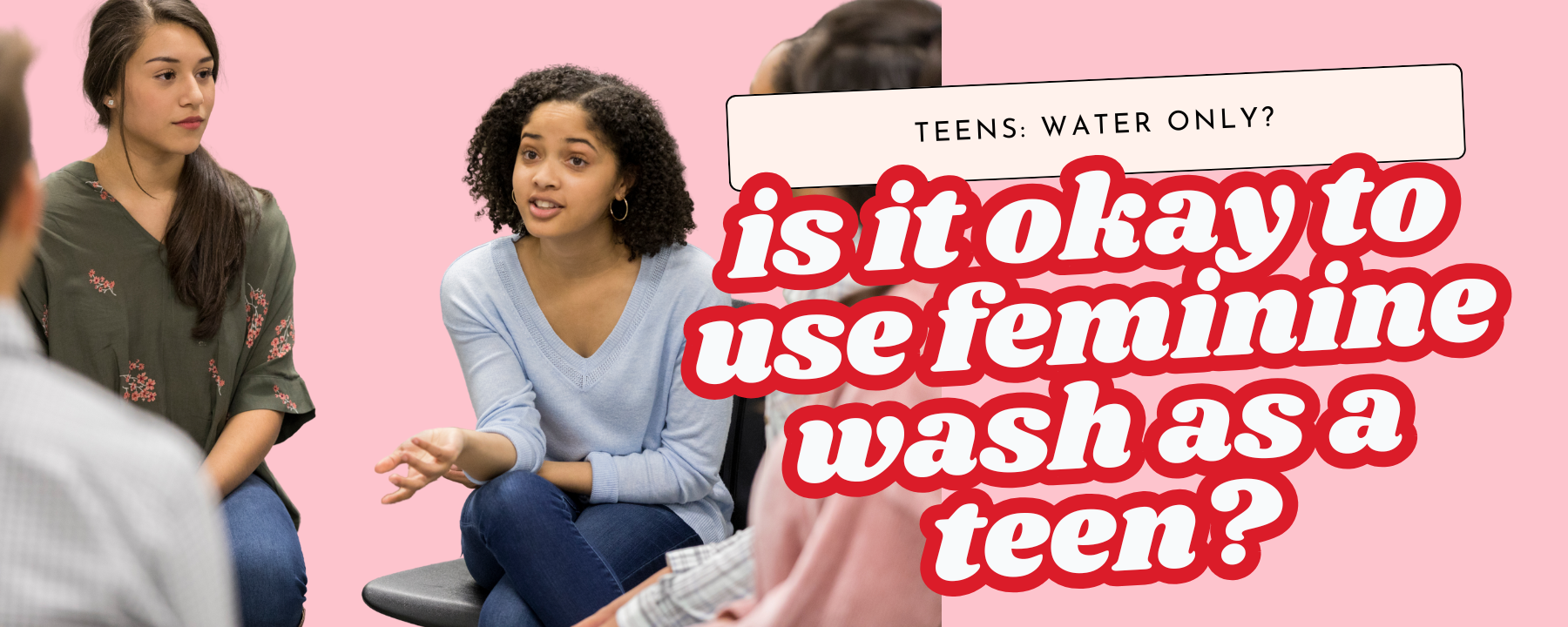Can I Prevent Yeast Infections Through Underwear Choice and Moisture Control?

Yes. Breathable, moisture-wicking underwear and fast moisture control (changing out of sweaty or wet clothes, patting dry) can lower your risk of yeast overgrowth. Choose cotton or cotton-gusset styles, avoid long wear of tight, non-breathable fabrics, skip daily pantyliners, and keep care external-only—no douching. If symptoms persist or recur, see a clinician.
TL;DR
-
Breathable underwear + quick moisture control = lower yeast risk.
-
Change out of sweaty leggings or wet swimsuits promptly; pat the external area dry.
-
Use gentle external-only cleansing; avoid douching and perfumed sprays.
-
Recurrent symptoms deserve a clinician visit.
Why Moisture Matters for Yeast
Yeast (often Candida albicans) thrives in warm, moist, occluded environments. When heat and humidity build up—tight synthetics, damp underwear after workouts, wet swimsuits—your skin can get irritated and your natural balance can shift. Prevention isn’t treatment, but daily habits that reduce trapped moisture can lower the chance of flare-ups.
Underwear Choices That Help (and What to Skip)
Best picks:
-
Cotton or cotton-gusset underwear (briefs, bikinis, boyshorts): breathable and absorbent.
-
Modal or bamboo blends with a cotton gusset: soft, breathable, better for long wear.
-
Seamless micro-modal with cotton gusset: comfortable under leggings; still swap after sweat.
Limit/avoid for long stretches:
-
100% synthetic underwear without a cotton gusset (nylon, polyester).
-
Very tight or shaping styles that trap heat and humidity.
-
Lace or mesh with no breathable liner (cute for short wear, not for all day).
-
Daily pantyliners (trap humidity).
-
Sleeping in underwear (try skipping at night to reduce heat and moisture).
Moisture-Control Habits (The 10-Minute Routine)
-
Post-workout or swim: change into dry underwear and clothing as soon as possible.
-
External rinse if you can; otherwise, use a gentle external-only wipe; then pat dry (don’t rub).
-
After showers: pat the vulva dry—don’t leave it damp under robes or towels.
-
Use breathable layers; avoid stacking tight layers that trap sweat.
-
Keep a spare pair of underwear in your bag for long days or travel.
Laundry & Product Choices That Lower Irritation
-
Wash underwear with free-and-clear detergents; avoid fragrance and fabric softeners.
-
Consider an extra rinse cycle for underwear.
-
Retire older pairs that stay damp or hold odor.
-
Ensure the cotton gusset is intact and not coated with synthetic finishes.
Leggings, Thongs, Pantyliners, and Swimsuits—What’s the Deal?
-
Leggings: great for workouts; just change out promptly after sweating.
-
Thongs: not inherently “bad.” Choose breathable, cotton-gusset options and swap if damp.
-
Pantyliners: daily use adds humidity—avoid unless medically needed.
-
Swimsuits: don’t sit around in a wet suit; change and pat dry.
Gentle Care That Supports Balance
-
Clean the external vulva only with warm water; if you prefer a cleanser, keep it mild, fragrance-free, pH-considerate and external-only.
-
Do not douche or use perfumed sprays/powders on the vulva.
-
After shaving or waxing, minimize friction with a light external oil; avoid heavy occlusive layers.
Quick-Pick Underwear Guide
|
Style/Material |
Breathability |
Moisture Handling |
Daily Wear? |
Gym/Swim? |
|
Cotton briefs (cotton gusset) |
High |
Moderate |
Yes |
Swap after sweat |
|
Modal/Bamboo (cotton gusset) |
High |
Good |
Yes |
Good, swap after |
|
Seamless micro-modal (cotton gusset) |
Medium-High |
Good |
Yes |
Yes under leggings |
|
Nylon/Poly blends (no cotton gusset) |
Low |
Low (traps moisture) |
Limit |
No (change ASAP) |
|
Lace (no breathable liner) |
Low |
Low |
Short wear |
No |
|
Shapewear (tight/occlusive) |
Very low |
Traps moisture |
Short wear |
No |
Moisture-Control Checklist (Save or Print)
-
Change out of sweaty/wet clothing within 30 minutes.
-
Pat dry the external area (no rubbing).
-
Carry spare underwear and individually wrapped wipes.
-
Sleep without underwear when you can.
-
Use free-and-clear detergent; skip fabric softeners.
-
Add an extra rinse for underwear loads.
-
Avoid daily pantyliners; choose breathable if needed.
-
Keep all care external-only (no douching)
When It’s Not “Just Moisture”
Call a clinician if you have:
-
Intense itching/burning, thick white “cottage-cheese” discharge (possible yeast).
-
Gray, thin discharge with fishy odor (possible BV).
-
Green/yellow frothy discharge (possible trichomoniasis/STI).
-
Pelvic pain, fever, bleeding outside your period, or recurrent infections.
-
Proper diagnosis matters—treatments differ.
FAQs
Does cotton underwear really help prevent yeast infections?
Yes. Cotton breathes and absorbs moisture, reducing the warm, humid environment yeast prefers.
Are thongs bad for yeast infections?
Not automatically. Choose breathable, cotton-gusset styles and change if they get damp.
Is sleeping without underwear helpful?
Often, yes—less heat and moisture overnight can reduce irritation for many people.
Do daily pantyliners increase yeast risk?
They can trap humidity; avoid daily use unless medically indicated.
Should I douche to prevent yeast?
No. Douching disrupts your microbiome and may increase infection risk. Keep cleansing external-only.
Medical disclaimer: Educational only; not a substitute for professional medical advice. If you have symptoms or concerns, consult a clinician.




Comments